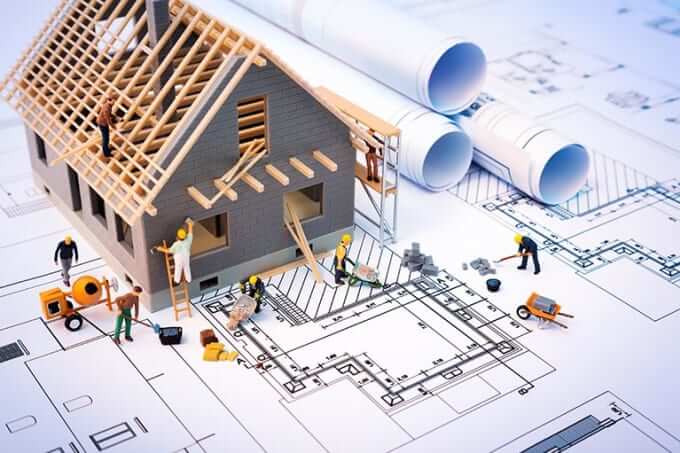From Blueprint to Reality: The Role of Structural Engineering in Construction
It is simple to be captivated by the beauty and grandeur of a skyscraper or a bridge when you observe them. But have you ever pondered the process by which a blueprint is transformed into these astounding structures?
Herein lies the critical importance of structural engineering in construction.
The Foundation of Structural Engineering:
A solid foundation rests at the heart of every successful construction project. Structural engineers are responsible for designing and analysing the underlying support systems that guarantee a building or bridge’s stability and firmness. From evaluating soil conditions to determining the optimal placement of load-bearing elements, their knowledge is crucial to the construction of a sturdy and secure structure.
The Art of Structural Design:
Structural engineers are not only concerned with the functionality of a building’s design; they also play a significant role in its aesthetics. By working closely with architects, they discover inventive methods to incorporate structural elements into the overall vision.
Structural engineers contribute an artistic touch to the construction process, from designing open and spacious interiors to incorporating unique architectural features.
Materials and Structural Integrity:
For the structural integrity and durability of any construction endeavour, it is essential to choose the proper materials. Structural engineers have an in-depth comprehension of the properties of various materials, such as steel, concrete, and wood. They evaluate factors such as durability, strength, and environmental impact to determine the most appropriate materials for each undertaking. This ensures that structures withstand the test of time and remain intact under varying stresses and conditions.
Innovations in Structural Engineering:
Thanks to advances in technology and engineering practices, the discipline of structural engineering is continuously evolving. From the use of computer-aided design (CAD) software to conduct complex calculations and simulations to the implementation of Building Information Modelling (BIM) for enhanced collaboration and coordination, these innovations are transforming the work of structural engineers.
Sustainable Structural Engineering:
As environmental sustainability concerns increase, structural engineers play a crucial role in the design of eco-friendly structures. They employ techniques such as the incorporation of renewable energy systems, the use of recycled materials, and the maximization of resource efficiency. By minimizing construction projects’ environmental impact, structural engineering contributes to a greener and more sustainable future.
Challenges & Triumphs:
The path from concept to actualization is not devoid of obstacles. Each project presents structural engineers with unique challenges, ranging from site-specific conditions to budgetary constraints. However, their problem-solving abilities, technical knowledge, and collaborative mindset enable them to surmount these obstacles and produce remarkable results.
Conclusion:
The journey from a basic blueprint to a magnificent structure demonstrates the importance of structural engineering in the construction industry. Through their knowledge of design, materials, and innovation, structural engineers bring architectural fantasies to life, ensuring that our built environment is not only aesthetically pleasing but also safe, sustainable, and long-lasting. As we continue to push the limits of what is possible, the future of structural engineering contains limitless opportunities for the creation of even more impressive structures that will shape our world.
Disclaimer: This content is provided solely for your review. Erusu Consultants takes no liability for this article. The reader is advised to form their own opinion. Please consult a Structural Engineer before making any final decisions.






